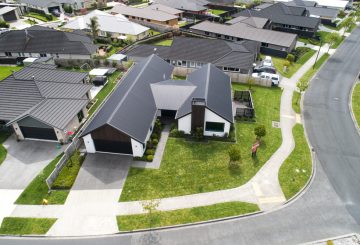工党和国民都同意共同努力解决住房供应问题。
今天,住房部长梅根·伍兹和环境部长戴维·帕克与反对党领袖朱迪思·柯林斯一起宣布了《住房供应法案》,他们说,该法案将允许在不到 10 年的时间内建造多达 105,500 套新房。
该法案的一个主要特点是,在没有资源许可的情况下,可以在现场建造最多三层楼的三栋房屋。
这位国家领导人说:“一月份,我写信给总理,建议国民和工党努力寻求两党紧急解决住房危机的办法。”“正如我当时所说,我们的资源同意程序使得在新西兰建造更多住房变得太困难了。”
柯林斯说,在四月份,她 “提出了一项法案草案,要求地方当局为新住房划出更多空间,从而大大降低了那些希望通过强化或开发绿地来建造新住房的人的同意要求”。
两个月后的 6 月,住房和环境部长回信说,“他们认为我提出的增加住宅供应的建议是有道理的”。
[the ministers]柯林斯说:“他们欢迎 National 为进一步制定政策做出的贡献,以便大大提高城市地区的新住房。”
“这项立法剥夺了城市规划者的权力,并将权力还给了他们所服务的人民。国民住房发言人尼古拉·威利斯说,这将使我们的城市得以发展和发展,提供一系列适合不同生活阶段的人们的住房类型。
帕克表示,新的 “中密度住宅标准”(MDRS)将使土地所有者能够在大多数场地上建造最多三栋最多三层楼的房屋,最高覆盖率为 50%,而无需征得资源同意。
这一宣布结束了持续数十年的新西兰住房危机的对峙。





























































